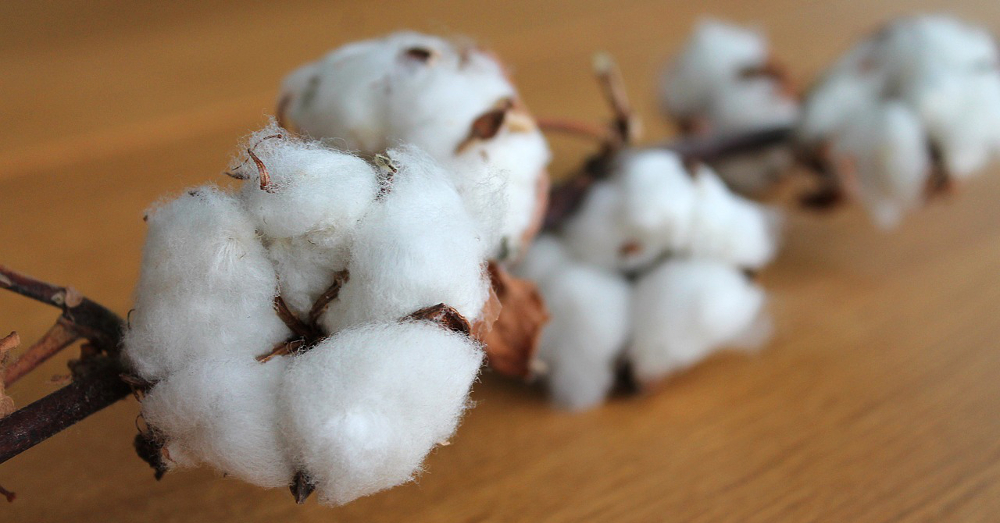
Superlative Alternative: Organic Cotton
Today, cotton is the second most used fibre in apparel manufacture, after synthetics.
May 25, 2017 | Source: The Huffington Post | by Eleanor O’Neill
Today, cotton is the second most used fibre in apparel manufacture, after synthetics.
And I’ve found the subject of organic cotton one of the most frequently discussed when talking about sustainable fashion. Perhaps because it’s an easy concept to understand, in theory, and also because it is now widely accessible.
But what does organic really mean when it comes to cotton?
I’m often asked, what are the environmental benefits of organic vs conventional cotton production? How much more, on average, does a garment made of organic cotton cost? Is there a difference in the way it feels against your skin? And to be frank, there were only a few answers I felt comfortable giving until now. So I decided to dig a little deeper for everyone’s benefit.
Let’s start with a clear and digestible summary of what organic production means.
It is ‘a production system that sustains the health of soils, ecosystems and people. It relies on ecological processes, biodiversity and cycles adapted to local conditions, rather than the use of inputs with adverse effects.’ It ‘combines tradition, innovation and science to benefit the shared environment and promote fair relationships and a good quality of life for all involved.’
